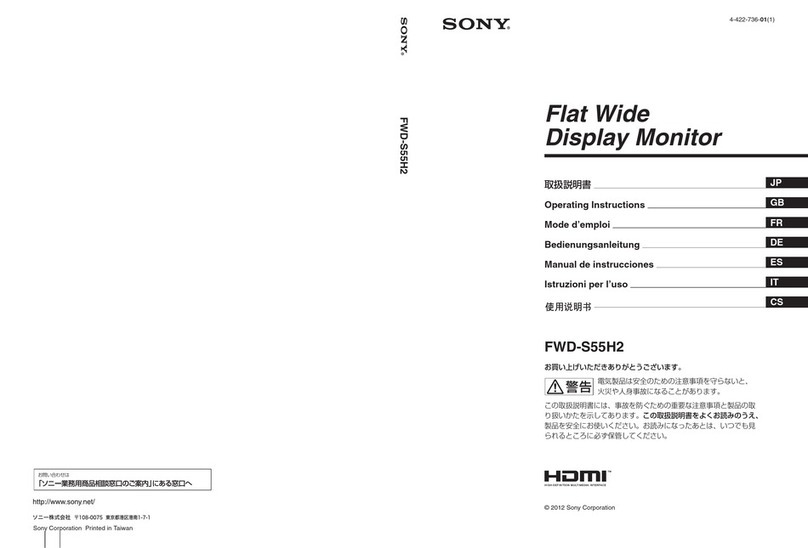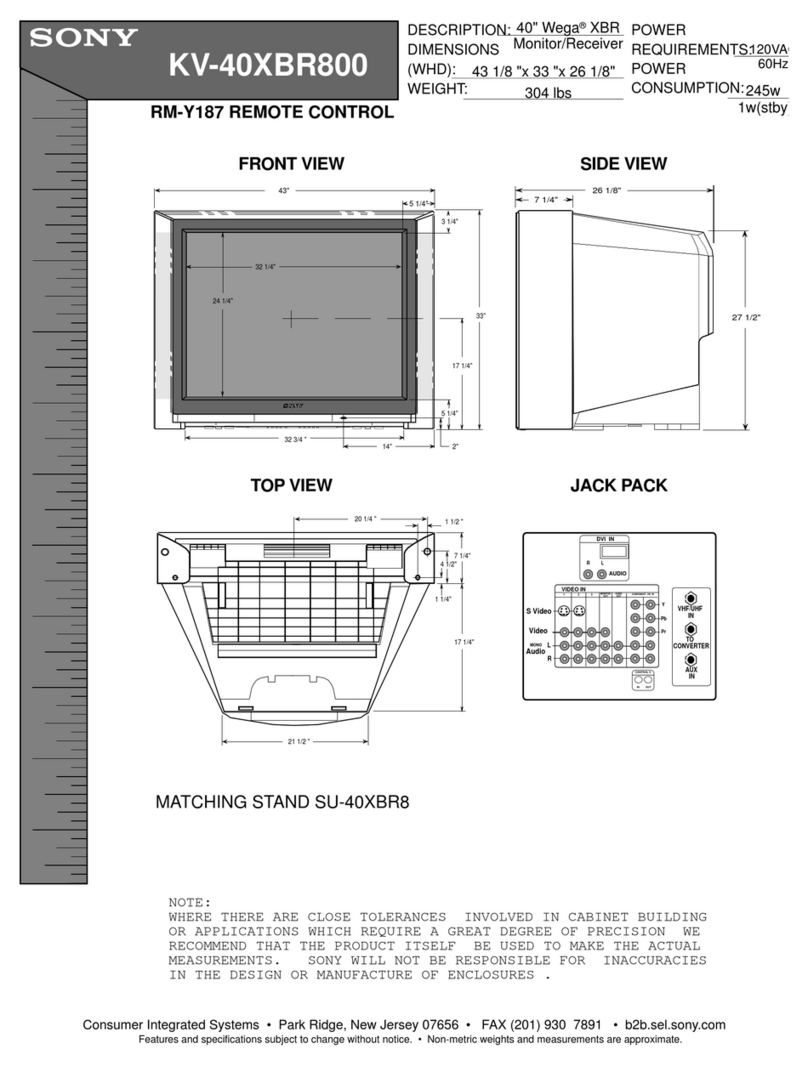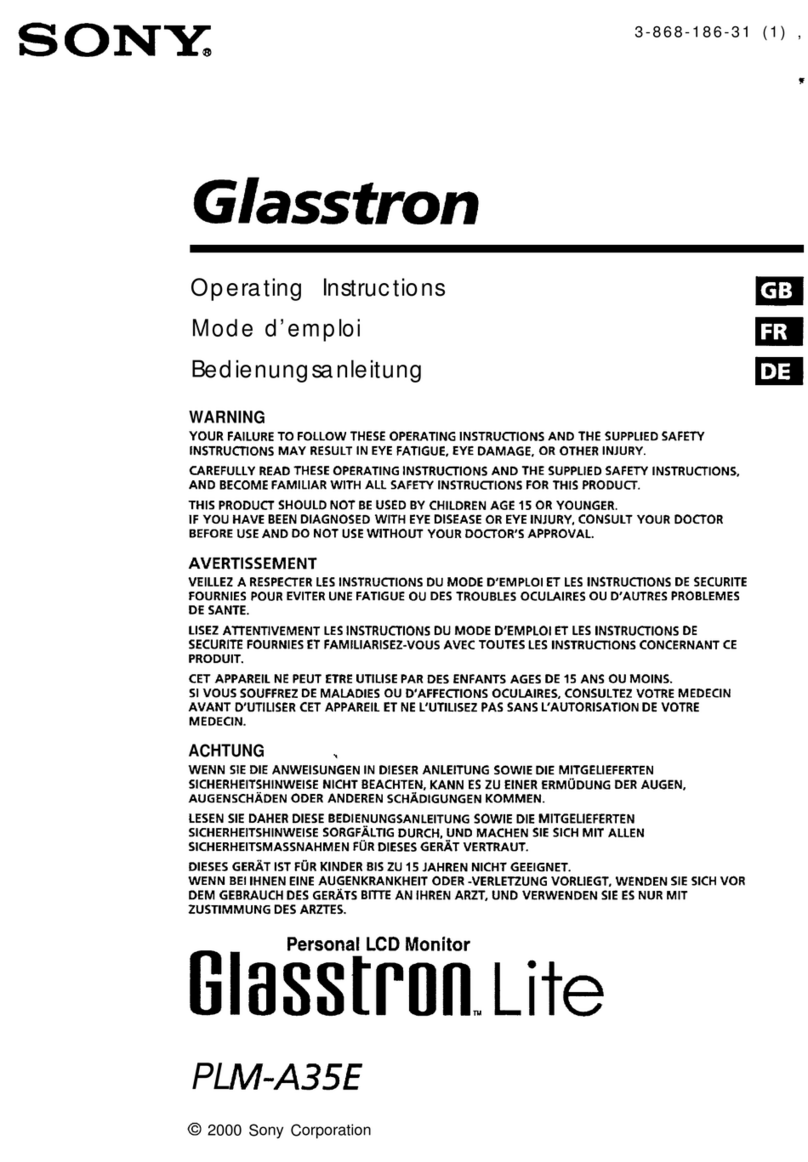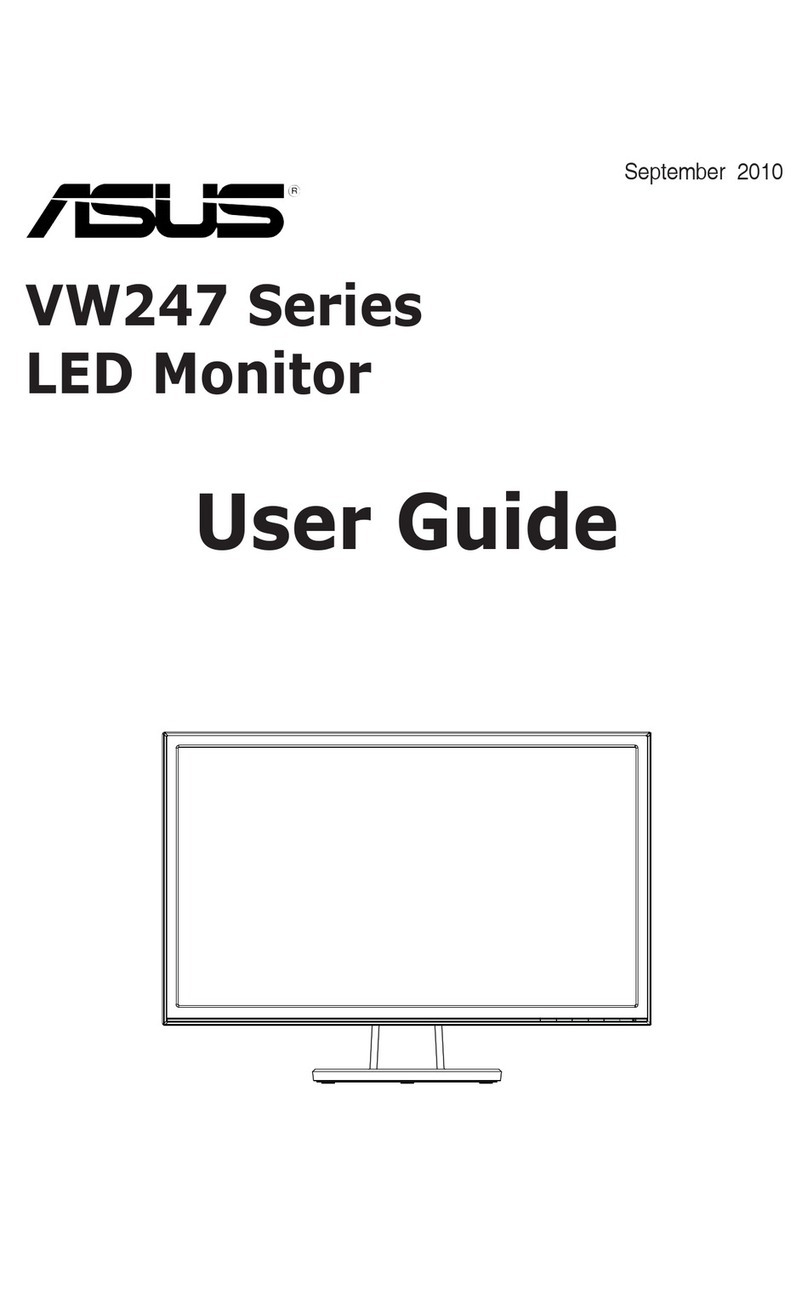Sony Trinitron PVM-1271Q User manual
Other Sony Monitor manuals
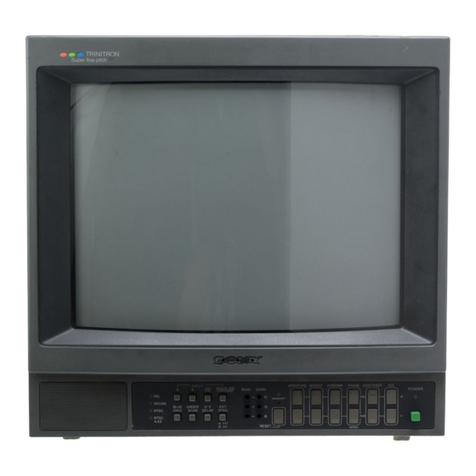
Sony
Sony Trinitron PVM-1341 User manual
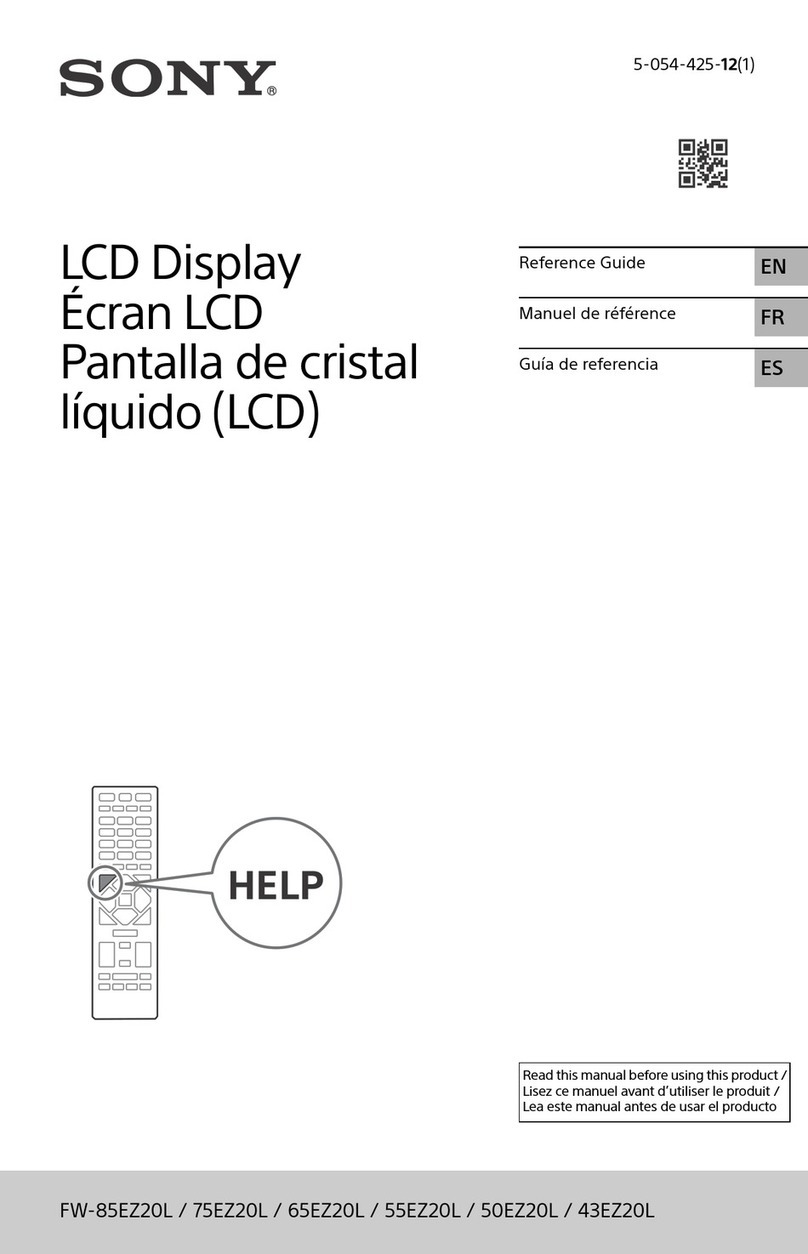
Sony
Sony FW-85EZ20L User manual
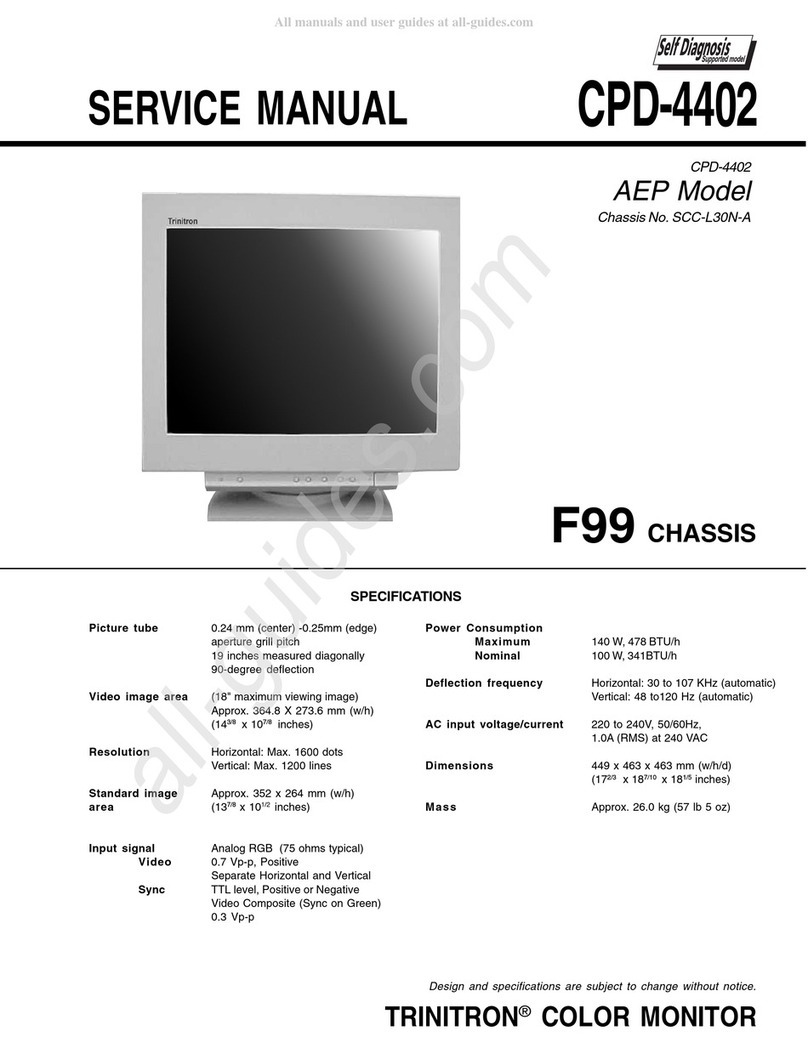
Sony
Sony TRINITRON CPD-4402 User manual
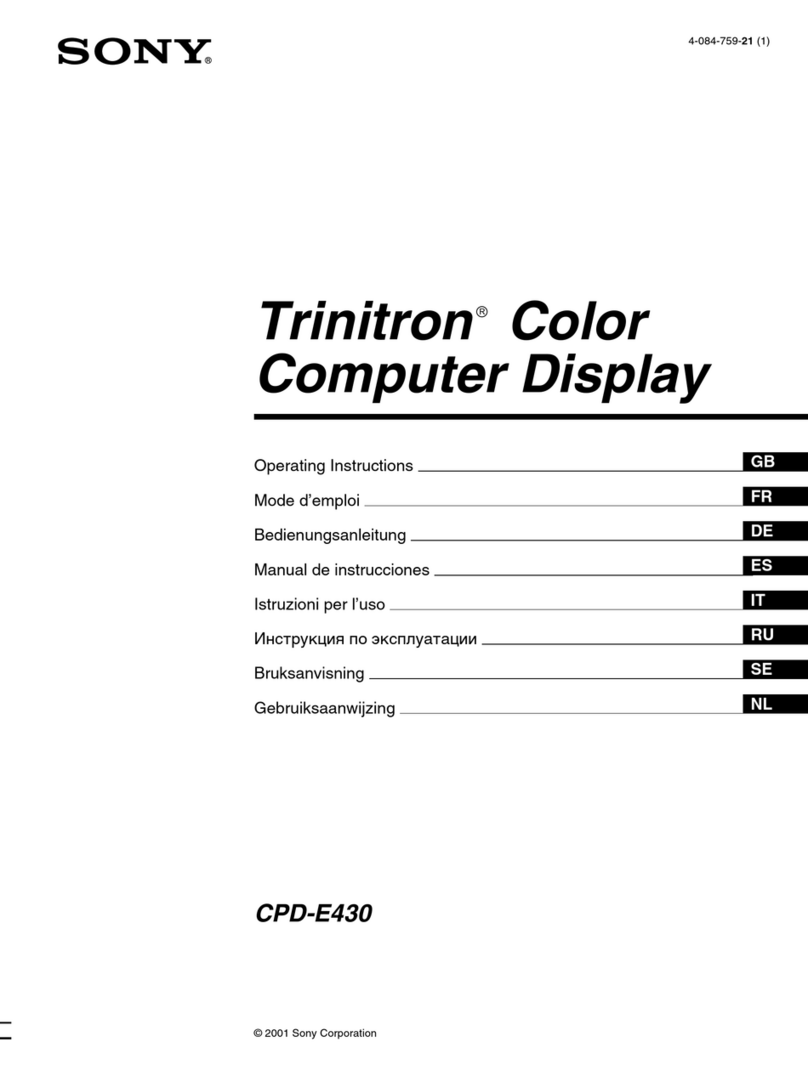
Sony
Sony Trinitron CPD-E430 User manual
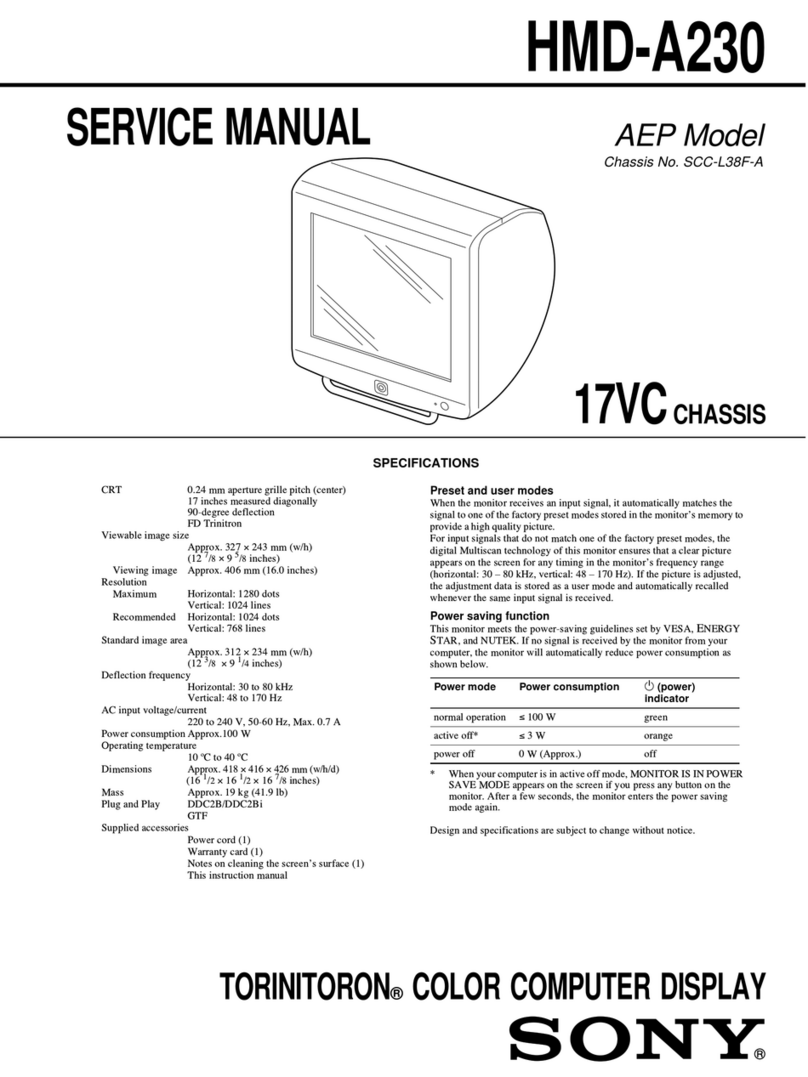
Sony
Sony Trinitron HMD-A230 User manual

Sony
Sony pr710te User manual

Sony
Sony A-700T User manual
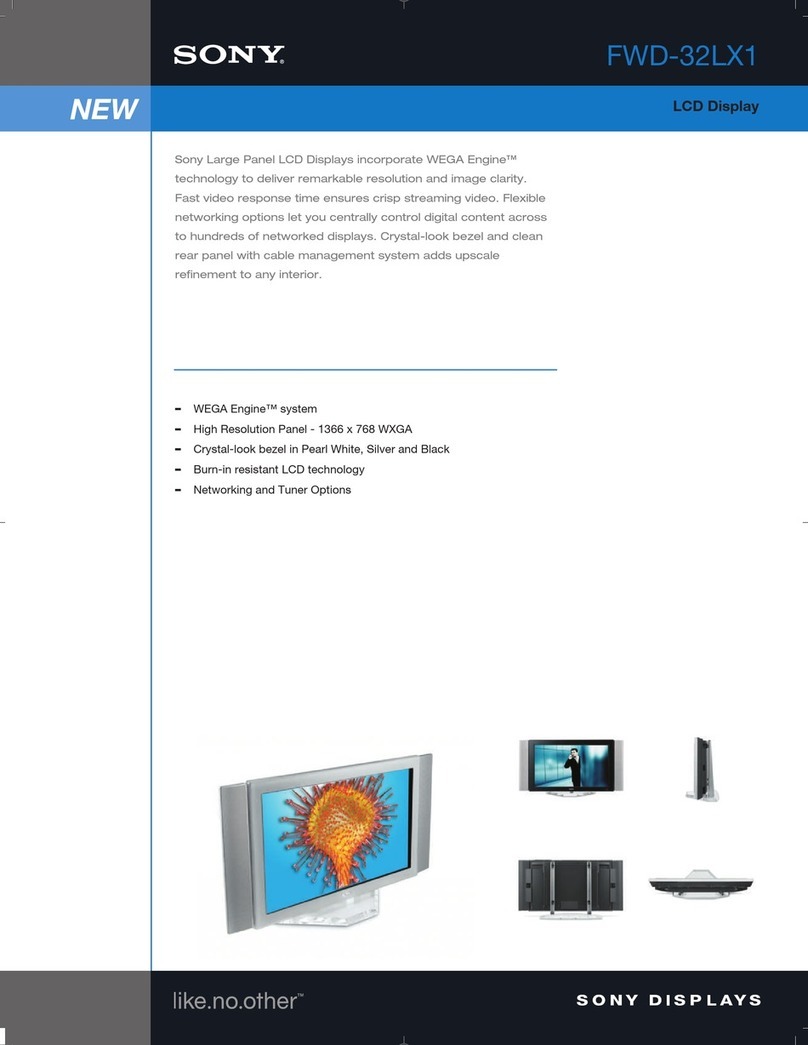
Sony
Sony FWD-32LX1 User manual

Sony
Sony TRINITRON PVM-D14L5A User manual

Sony
Sony SSM-125 User manual
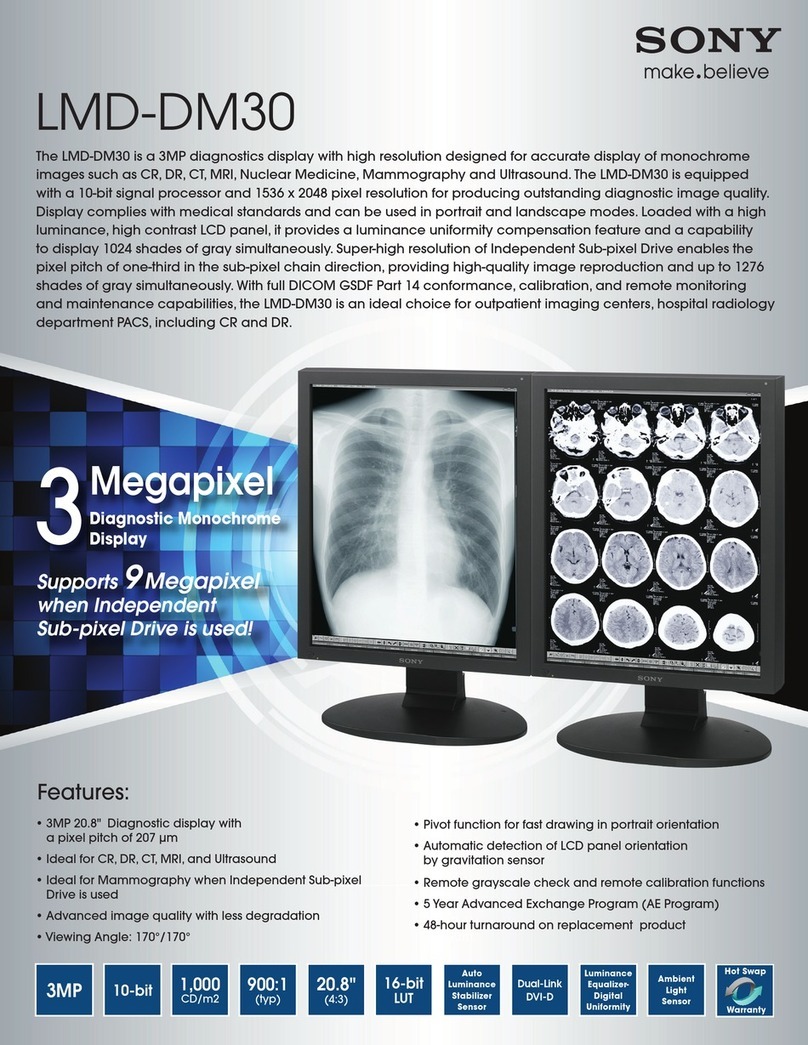
Sony
Sony LMDDM30 User manual

Sony
Sony Multiscan SDM-M51 User manual

Sony
Sony BVM-D20F1U, BVM-D20F1E, BVM-D20F1A, BVM-D24E1WU, BVM-D24E1WE, BVM-D24E1WA, BVM-D32E1WU, BVM-D32E1WE,... User manual
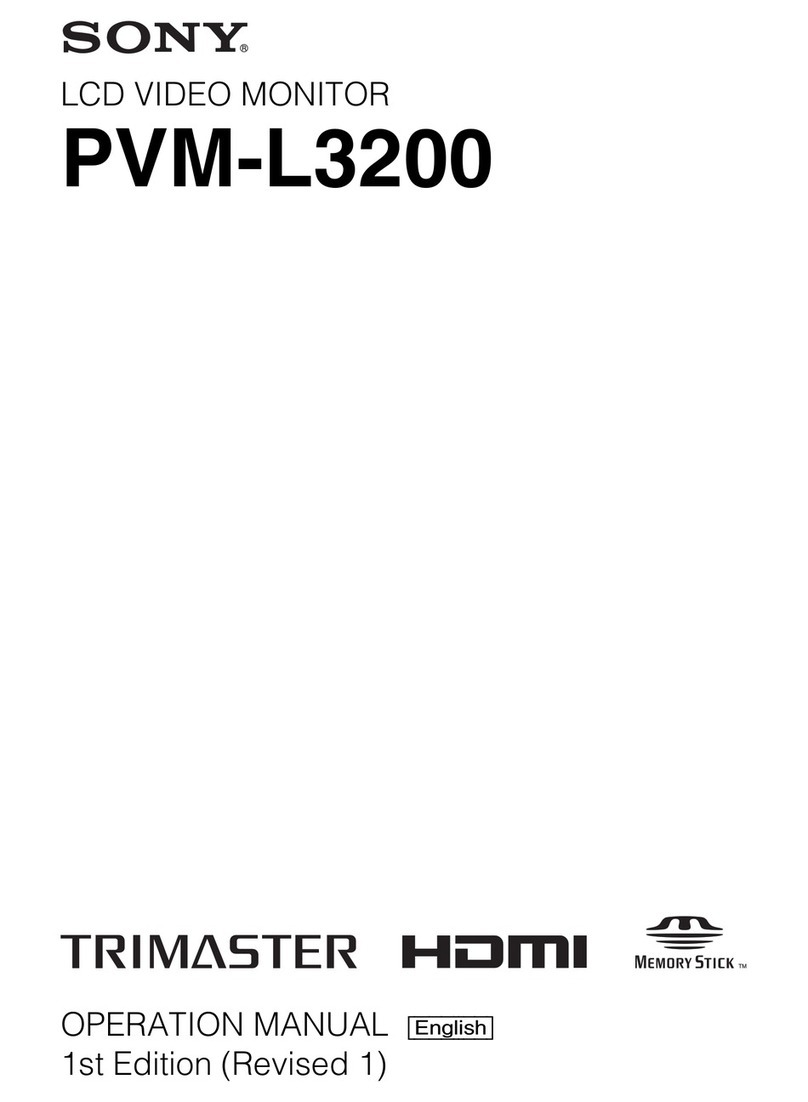
Sony
Sony Trimaster PVM-L3200 User manual
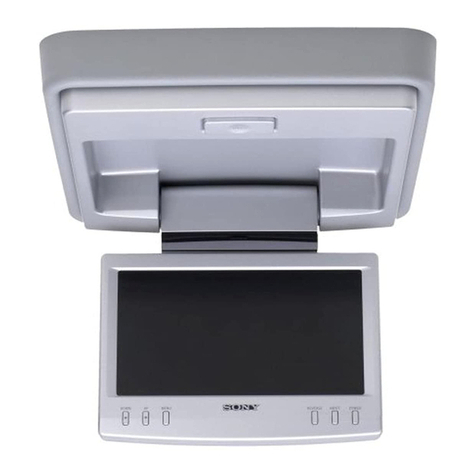
Sony
Sony XVM-R70 - Monitor User manual

Sony
Sony Trinitron GVM-1310 User manual

Sony
Sony Trinitron CPD-E220 User manual
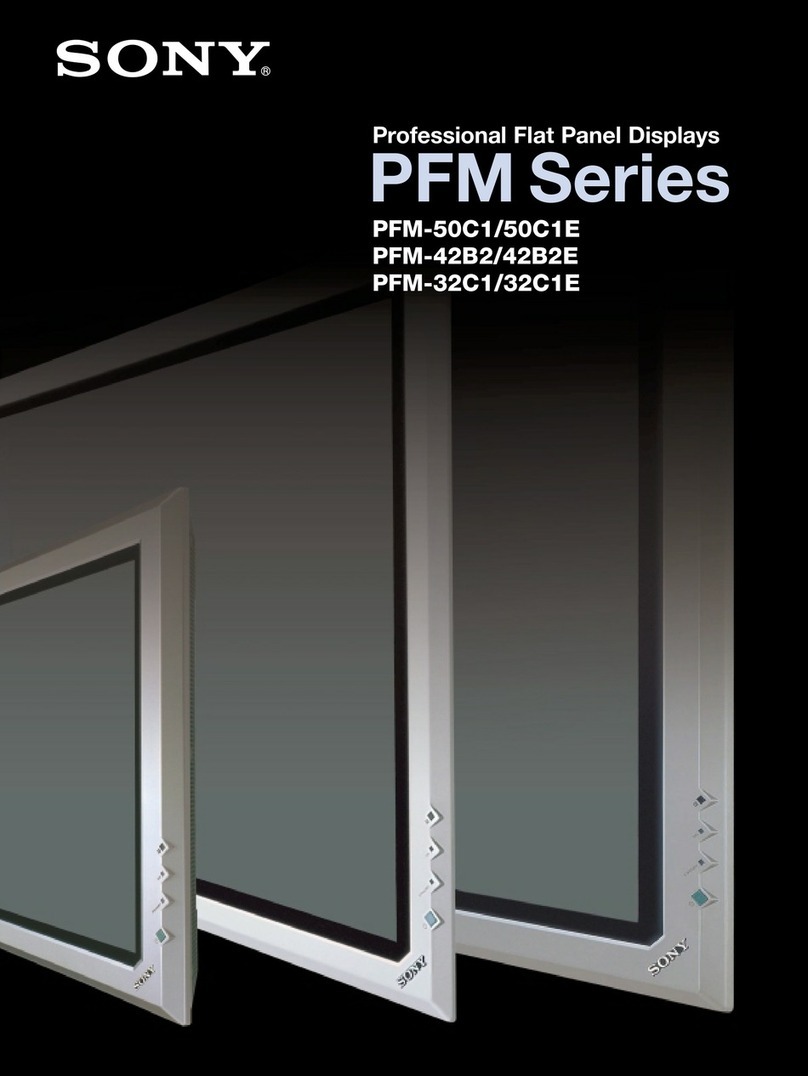
Sony
Sony PFM-32C1 User manual
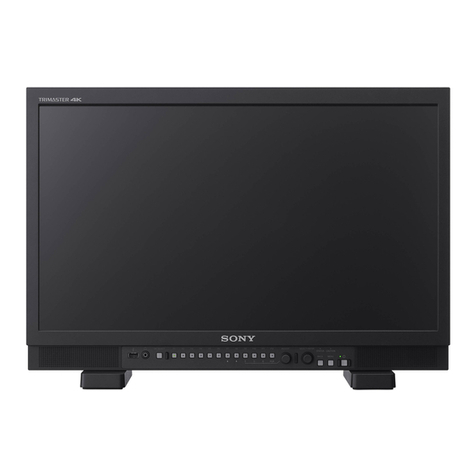
Sony
Sony TRIMASTER PVM-X2400 User manual

Sony
Sony SDM-X202 User manual
